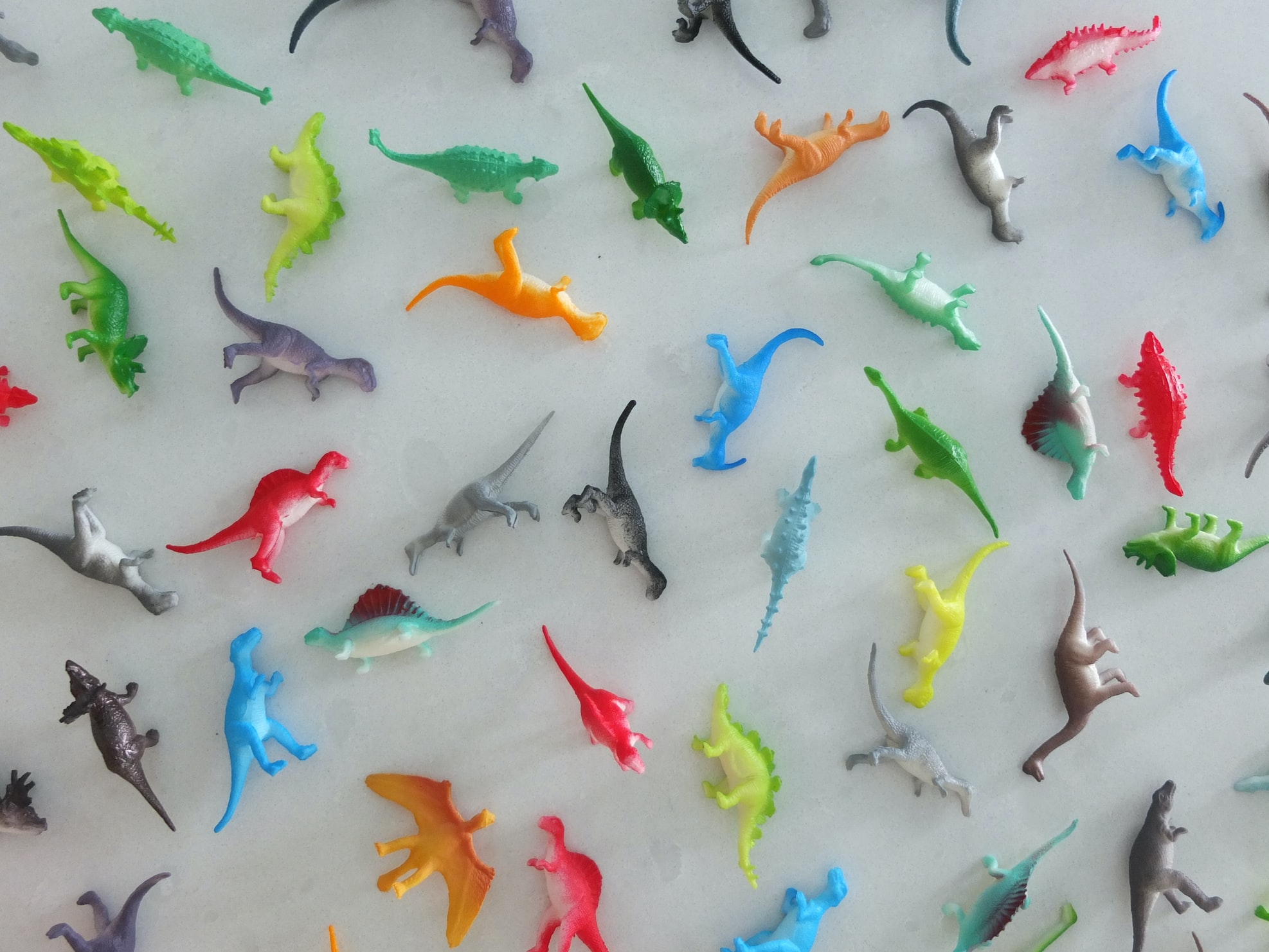
Credit: Unsplash
Brighstoneus simmondsi has one heck of a sniffer.
Back in 1978, amateur fossil collector Keith Simmonds discovered a set of well-persevered dinosaur remains on the Isle of Wight off the coast of England. Simmonds donated his find to the Dinosaur Isle Museum in Sandown on the Isle of Wight, where they sat unidentified for over 40 years. Recently, though, the remains were uncovered by Jeremy Lockwood, a doctoral student at London’s Natural History Museum and University of Portsmouth in the United Kingdom, in the midst of unrelated research. With a little bit of sleuthing, Lockwood and his research team were finally able to put a name to this mysterious dinosaur.
The fossil has been named “Brighstoneus simmondsi,” after the town of Brighstone near where the fossils were excavated and after their excavator, Keith Simmonds. According to Lockwood, it’s actually not that unusual for dinosaur fossils to go unidentified for decades at a time. “It’s quite common, if not more common, these days to discover new dinosaurs in museum basements rather than out in the field,” Lockwood wrote in a study on the fossils published in the Journal of Systematic Palaeontology.
Say hello to Brighstoneus simmondsi! This new dinosaur was only discovered some 40 years after it was unearthed.
Watch as Museum scientist Dr Jeremy Lockwood explains how a little sleuthing in a museum collection allowed him to make this exciting new discovery. pic.twitter.com/JHEro6mMbT
— Natural History Museum (@NHM_London) November 11, 2021
Based on the scientists’ analysis, Brighstoneus is estimated to have roamed the Earth during the Lower Cretaceous period, a good 125 million years ago. What sets this specimen apart from its contemporaries is its facial features, specifically its massive, 20-inch-long nose. “When I started piecing the skull together I thought ‘Wow, this thing had a huge bulbous nose,’ I’d never seen anything like it,” Lockwood wrote.
The current working theory is that Brighstoneus’ nose functioned similarly to that of the modern-day elephant seal. It’s a big, fleshy protrusion with which the creature appeal to potential mates and exert dominance. “He was saying to the females, ‘Look at my big nose’, and to other males, ‘My nose is bigger than yours, keep away,'” Lockwood explains.






























